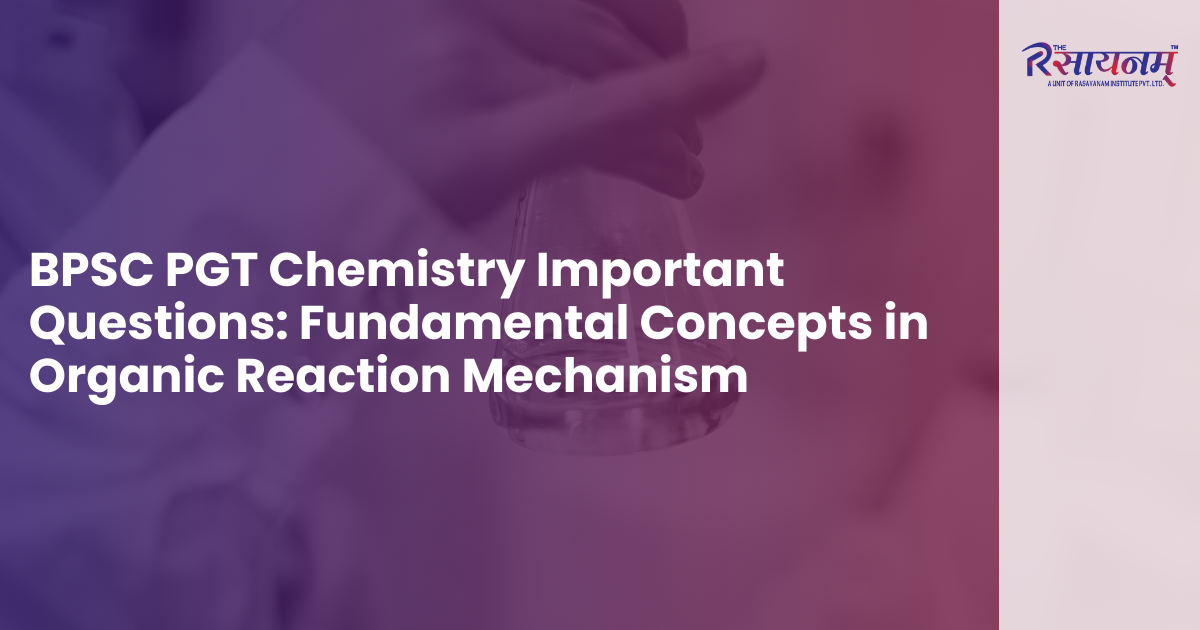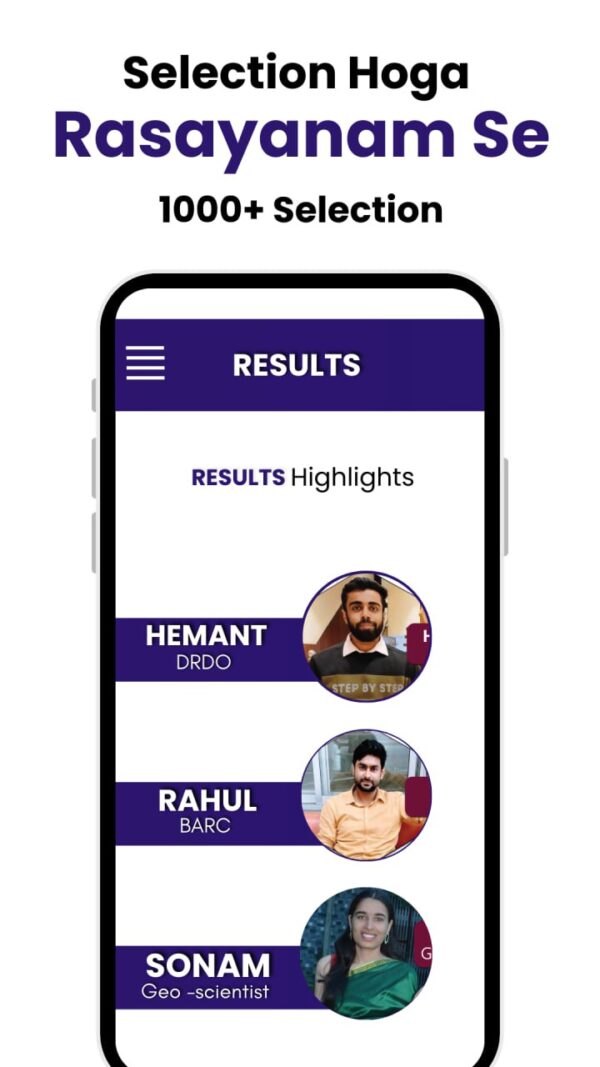
1. If the total number of bonds between two atoms is 3 the total number of resonating structures is 2 what is the bond order?
a) 0.5
b) 1.5
c) 2.5
d) 3.5
Answer: b
Explanation: Bond order is calculated using the formula:
Bond order=Total number of bonds between two atoms/ Total number of resonating structures
In this case, Bond order=3/2=1.5
Thus, bond order is directly related to resonance, as shown by this equation.
2. Free radicals are formed during homolytic fission.
a) true
b) false
Answer: a
Explanation: Homolytic fission splits a covalent bond evenly, giving one electron to each atom. This produces free radicals, which are neutral, highly reactive, and usually formed in non-polar molecules under sunlight or high temperature.
3. What is the hybridization of singlet carbene?
a) sp
b) sp3
c) sp3d
d) sp2
Answer: d
Explanation: In a singlet carbene, the carbon atom is sp² hybridized. One of the hybrid orbitals holds a pair of electrons, while the unhybridized orbitals remain vacant. Singlet carbenes have a bent structure and are less stable compared to triplet carbenes.
4. In a molecule, when displacement of electron pair is away from the group it is ______________ electromeric effect.
a) zero
b) negative
c) positive
d) no
Answer: c
Explanation: The electromeric effect is the temporary polarization in a molecule with multiple bonds when an attacking reagent approaches. In this effect, the pair of π-electrons is completely shifted to one of the atoms. If the electron pair is displaced away from the atom or group, it is called the +E effect; if it shifts towards the atom or group, it is called the –E effect.
5. Which of the following is false regarding the inductive effect?
a) temporary effect
b) propagates through a carbon chain
c) permanent effect
d) Groups having a higher electron affinity than hydrogen show the negative inductive effect
Answer: a
Explanation: The inductive effect is a permanent effect that transmits through the carbon chain. Atoms or groups with greater electron affinity than hydrogen show the –I effect (electron-withdrawing), while those with lower affinity show the +I effect (electron-releasing). It can be understood as the shifting of shared electron pairs in polar covalent bonds.
6. Nucleophilic reagents behave as ______________
a) water
b) Lewis base
c) lewis acid
d) salt
Answer: b
Explanation: Nucleophilic reagents are electron-rich species and act as Lewis bases. They attack electron-deficient centers. For species with the same nucleophilic site, nucleophilicity generally increases with basicity.
7. Carbocations bear a ______________ charge.
a) no
b) negative
c) positive
d) 0
Answer: c
Explanation: Carbocations are formed during hydrolysis and consist of a carbon atom carrying a positive charge. Being electron-deficient, they have only 6 electrons in their valence shell. Carbocations are planar in shape, sp² hybridized, and possess an empty p-orbital.
8. Baker Nathan effect is related to ______________
a) inductive effect
b) electromeric effect
c) hyperconjugation
d) resonance
Answer: c
Explanation: Hyperconjugation is the delocalization of σ-electrons from a C–H bond of an alkyl group directly attached to an unsaturated system or to an atom with an adjacent π-orbital. This phenomenon is also known as no-bond resonance or the Baker–Nathan effect.
9. Resonating structures are also known as ______________ forms.
a) canonical
b) inductor
c) electromeric
d) nucleophilic
Answer: a
Explanation: When a single structure cannot represent all the properties of a molecule, two or more structures are drawn to describe it. These are called resonating structures or canonical forms, and the actual molecule is considered a resonance hybrid of them.
10. What is obtained by thermolysis of azides?
a) free radicals
b) carbocation
c) arene
d) nitrene
Answer: d
Explanation: Nitrenes are generated by the thermolysis of azides. They are neutral, monovalent nitrogen species in which the nitrogen atom carries two unshared electrons along with a single bond to a monovalent atom or group. Nitrenes are highly reactive, similar to carbenes.
Related Question Bank to Read:
BPSC PGT Chemistry: p-Block Elements Important Questions
BPSC PGT Chemistry Important Question: Uses of Boron and Aluminium and their Compounds
BPSC PGT Chemistry: Trends and Anomalous Properties of Boron Important Questions
BPSC PGT Chemistry: p-Block Elements Important Questions
Silicon & P-Block Elements: Understanding Their Properties and Applications
Boric Acid & P-Block Element: Understanding Their Properties and Applications
BPSC PGT Chemistry: Important Compounds of Boron
 Download The Rasayanam App
Download The Rasayanam App

Also, download our brochure for more details on the program and contact us with any queries.
Conclusion
If you’re preparing for BPSC PGT Chemistry, The Rasayanam provides structured courses, expert mentorship, and top-quality study resources to help you excel.


